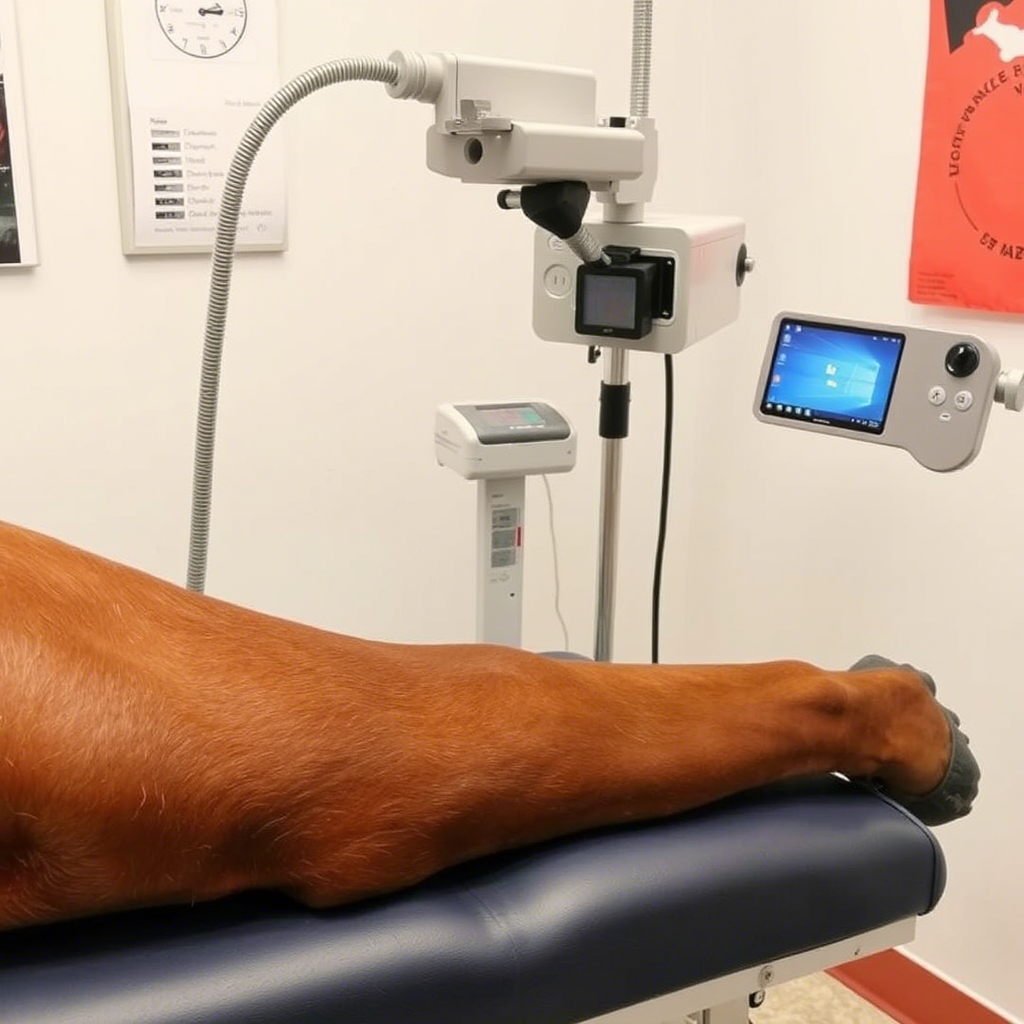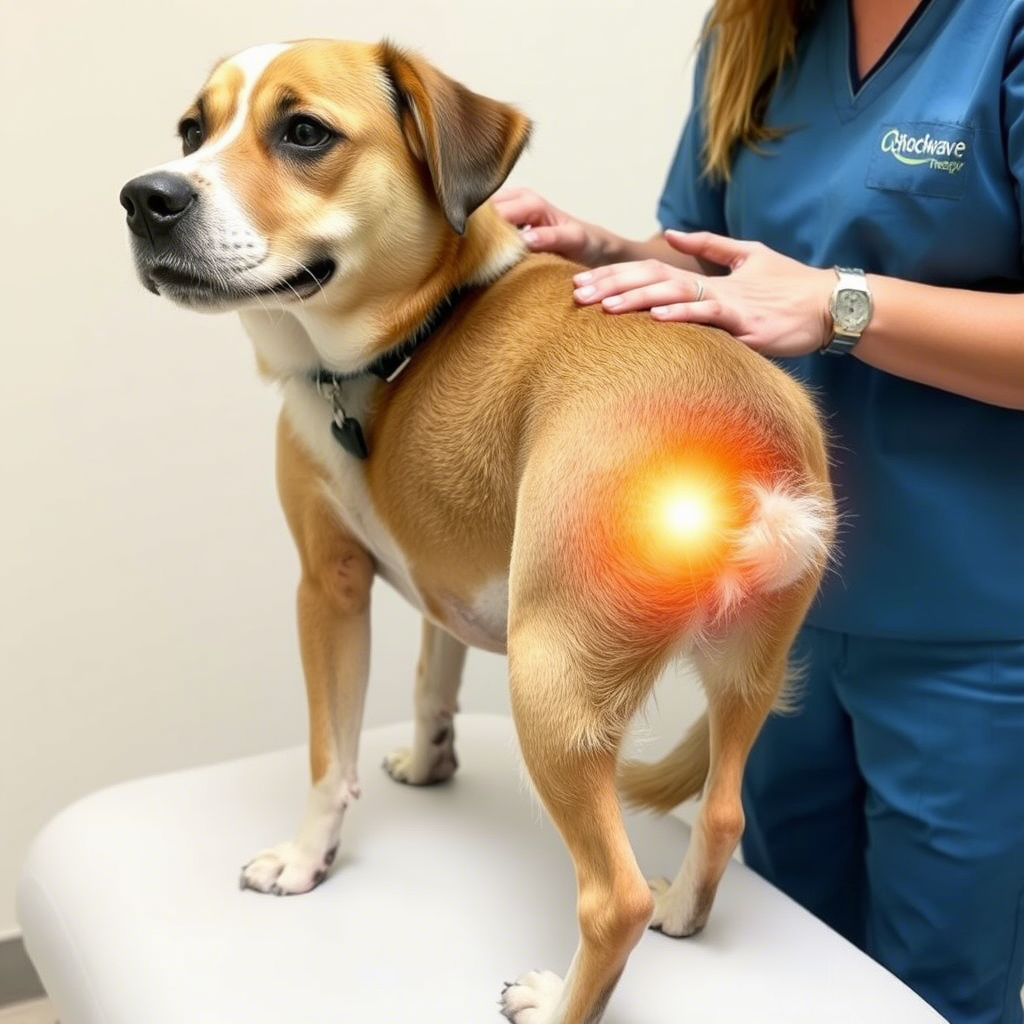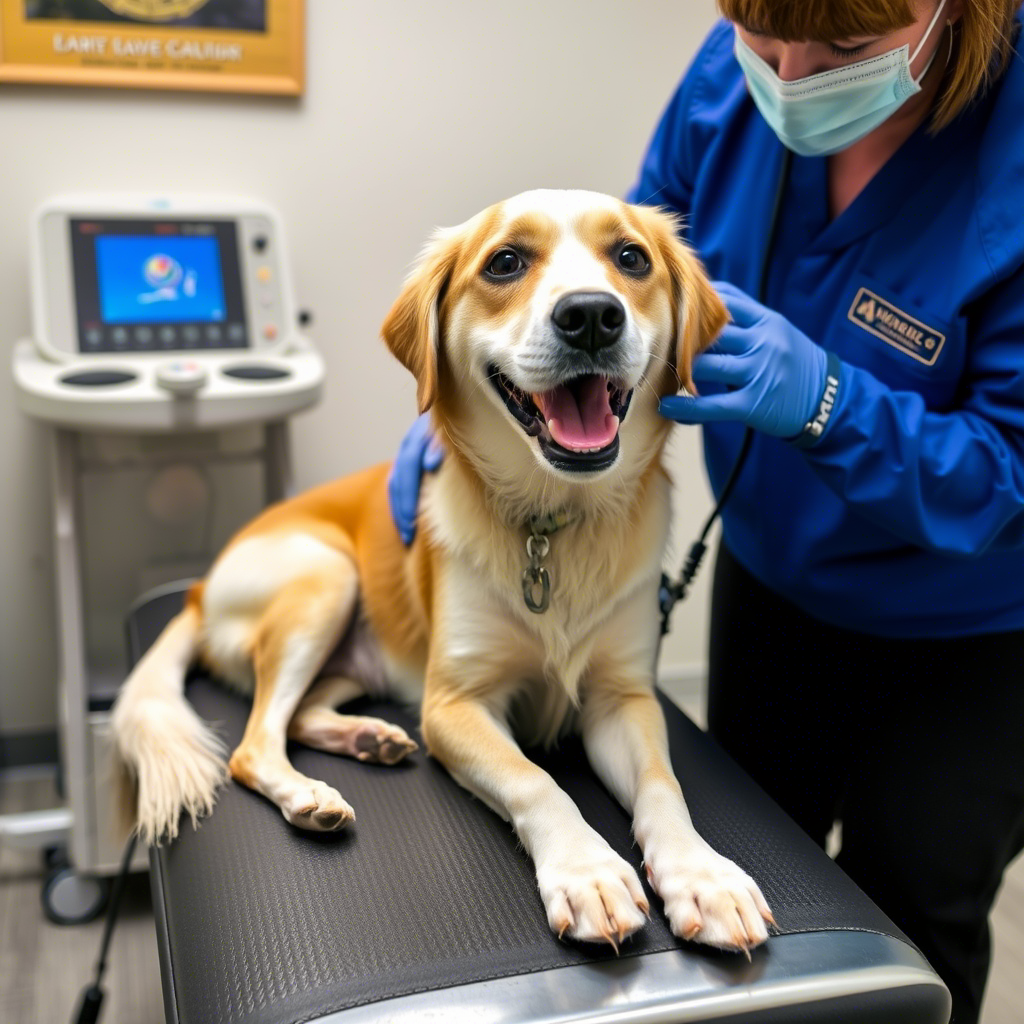VET Shockwave Therapy, also known as Extracorporeal Shock Wave Therapy (ESWT), is a non-invasive treatment method that has gained significant attention in veterinary medicine for its effectiveness in treating various musculoskeletal conditions in animals.
VET Shockwave Therapy
VET Shockwave Therapy English
VET Shockwave Therapy, also known as Extracorporeal Shock Wave Therapy (ESWT), is a non-invasive treatment method that has gained significant attention in veterinary medicine for its effectiveness in treating various musculoskeletal conditions in animals. This therapy involves the application of high-energy shockwaves to affected areas, promoting healing, reducing pain, and improving function. The use of shockwave therapy in veterinary practice has expanded the range of treatment options available for conditions such as tendonitis, osteoarthritis, and soft tissue injuries, offering new hope for improved outcomes in animal patients.
What is VET Shockwave Therapy?
VET Shockwave Therapy is a medical treatment that utilizes shockwaves to stimulate the body's natural healing process.
- The therapy is based on the principle that shockwaves can enhance blood flow, reduce inflammation, and stimulate cellular regeneration in the treated area.
- It is commonly used for treating musculoskeletal injuries and conditions, such as tendonitis and osteoarthritis, in animals.
- The non-invasive nature of the treatment makes it an attractive option for pet owners seeking to avoid surgical interventions.

The application of VET Shockwave Therapy involves directing shockwaves at the affected area using a specialized device. This device generates high-energy waves that penetrate deep into the tissue, promoting healing and reducing pain.
Benefits of VET Shockwave Therapy
The benefits of VET Shockwave Therapy are multifaceted, making it a valuable treatment option in veterinary medicine.
- Pain Relief: Shockwave therapy has been shown to provide significant pain relief in animals suffering from chronic musculoskeletal conditions. For more information on shockwave therapy devices, you can visit https://medicalexport.net/products/.
- Improved Healing: By enhancing blood flow and reducing inflammation, shockwave therapy promotes faster and more effective healing of injured tissues.
- Non-Invasive: The non-invasive nature of the treatment reduces the risk of complications associated with surgical interventions.
Conditions Treated with VET Shockwave Therapy
VET Shockwave Therapy is versatile and can be used to treat a variety of conditions in animals.
- Tendonitis and Ligament Injuries: Shockwave therapy is particularly effective in treating tendonitis and ligament injuries by promoting tendon repair and reducing inflammation.
- Osteoarthritis: The therapy helps in managing osteoarthritis by reducing pain and improving joint mobility.
- Soft Tissue Injuries: It is also used for treating soft tissue injuries, such as muscle strains and sprains, by enhancing the healing process.

For instance, a dog suffering from hip osteoarthritis can benefit significantly from shockwave therapy, experiencing reduced pain and improved mobility.
How to Implement VET Shockwave Therapy
Implementing VET Shockwave Therapy requires careful consideration and planning.
- Consultation with a Veterinarian: The first step is to consult with a veterinarian to determine if shockwave therapy is suitable for the animal's condition. You can explore various medical devices, including those for shockwave therapy, at https://medicalexport.net/category/medical-devices/.
- Treatment Protocol: A treatment protocol is developed based on the animal's specific needs, including the frequency and intensity of the therapy sessions.
- Post-Treatment Care: Post-treatment care instructions are provided to ensure the animal recovers smoothly and benefits fully from the therapy.
Case Studies and Success Stories
Numerous case studies and success stories highlight the effectiveness of VET Shockwave Therapy in veterinary practice.
- A notable example is the case of a horse recovering from a severe tendon injury, where shockwave therapy significantly accelerated the healing process.
- Another example involves a canine patient with chronic osteoarthritis, who experienced marked improvement in mobility and reduction in pain following a series of shockwave therapy sessions.

Conclusion
VET Shockwave Therapy represents a significant advancement in the treatment of musculoskeletal conditions in animals, offering a non-invasive and effective solution for pain relief and healing. By understanding its benefits, applications, and implementation, veterinarians and pet owners can make informed decisions about incorporating this therapy into treatment plans. As the field continues to evolve, the potential for shockwave therapy to improve outcomes in veterinary medicine is substantial.
